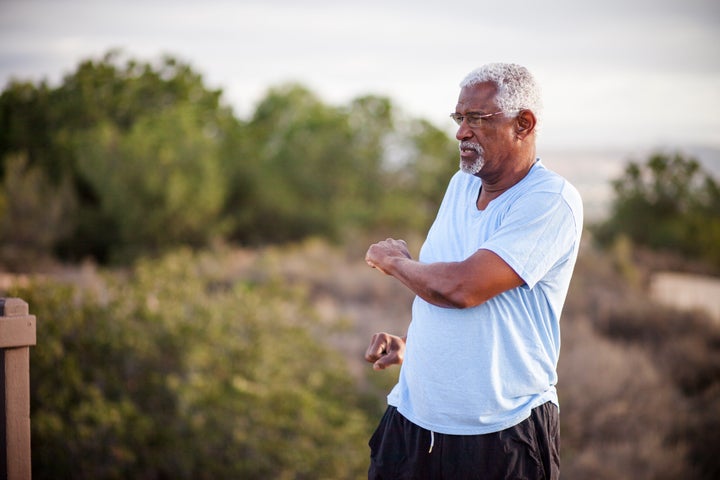
In the UK, it’s estimated that 80% of us are affected by back pain at some point during our lives, and nearly 31 million working days were lost to musculoskeletal problems, including back pain, in 2016, according to the Office for National Statistics. It’s the second most common cause of short work absences after minor illnesses such as colds, flu and sickness.
Non-specific back pain
Often back pain comes on out of nowhere. You may wake up with it one morning or it may develop during the day. Back pain may be a result of poor posture, bending or lifting something awkwardly, or a small injury: a muscular strain or a pulled ligament (sprain). It’s rare that non-specific back pain is anything serious, and normally it improves over time.

What can I do about my back pain?
Exercise: It’s important that you resist the temptation to stay in bed or lay on the sofa, and keep moving instead. Find your more comfortable positions and movements. Breathe deeply and keep moving and changing positions regularly - normal activities and distractions will help to take your mind off the pain. After a few days, aim to be restoring your usual daily activities. Stretches and exercises may help to reduce the pain.
Heat and cold treatment: Sometimes, a hot bath or hot water bottle placed on your back is enough to ease back pain. A bag of frozen peas well-wrapped in a tea towel as a cold compress can also offer relief. You can alternate between hot and cold compresses if this works for you.
Painkillers: Take what you normally do for pain relief, tablets or a pain-relieving topical gel such as Voltarol. In certain types of muscular pain, medicines which help to relieve pain and decrease swelling can help shorten the time it takes your body to recover. If you feel you need something stronger have a chat to your pharmacist or doctor who will be able to treat you as an individual patient and advise which painkillers are suitable and which may have contraindications for you.
Relax: Back pain can be stressful; take your mind off it with relaxation, meditation or mindfulness practice. Keep a positive attitude: back pain is rarely serious and normally gets better with time.
When should I see a professional?
Generally, following the advice above, your back pain should improve. If, however, you are still struggling with finding relief from pain after a few days or even a few weeks, it’s sensible to seek advice from a professional who will listen to your history and ask when you experience your symptoms. This, with a thorough objective, can set you on a faster path to recovery as they will individualise your treatment plan and give you advice on how to prevent a recurrence in the future.

Medical conditions that cause back pain
Occasionally, back pain is caused by a medical condition, and you will need to be treated specifically and by a professional. Other conditions include:
A prolapsed (slipped) disc: a disc of cartilage that sits between the vertebrae like a cushion, bulges out of place or ruptures. It can press on a nerve, cause pain, weakness, numbness and tingling sensations in other areas of your body
Sciatica: the sciatic nerve runs from your lower back to your feet. When it’s irritated, you may feel pain, numbness, tingling and weakness down your lower back, buttocks, legs and feet
Spondylolisthesis: the slippage of a vertebra out of position
Ankylosing spondylitis: a chronic inflammatory condition of the joints and tendons that may affect the spine
Very rarely: a fractured vertebra, infection, cauda equina syndrome (severe compression of the nerves in the lower back).
And if you have any of these symptoms in addition to your back pain, immediately call your doctor or NHS 111.
Voltarol Joint Pain Relief 2.32% Gel contains an anti-inflammatory ingredient to help relieve pain and reduce inflammation at the source. Voltarol are experts in body pain, so whether it is joint or muscle pain, Voltarol can help you get back to doing the things you love. Movement can also help reduce your joint and back pain by 25% – did you know, the average person in the UK sits for nine hours a day?
Find out more about how you can take two minutes out of your busy day to move with our Take 2 To Move campaign. Voltarol Joint Pain Relief 2.32% Gel contains diclofenac diethylammonium. For relief of pain and inflammation. Always read the label. Find out more at voltarol.co.uk.